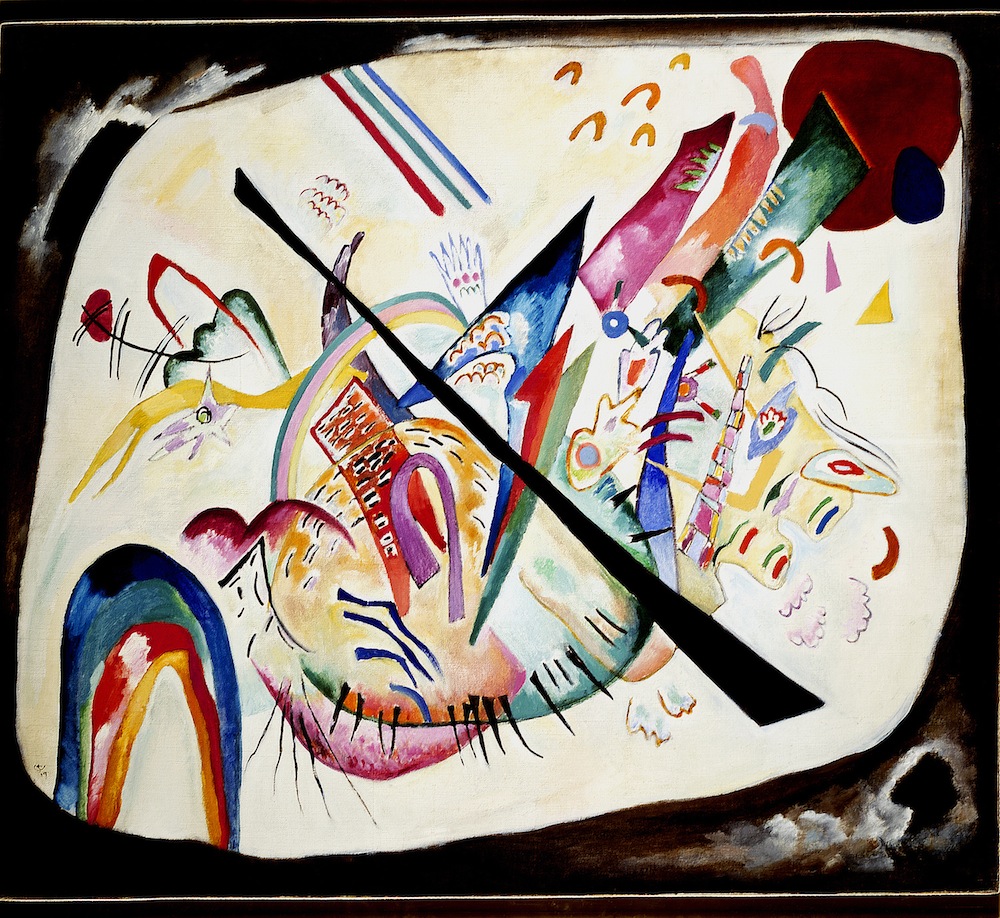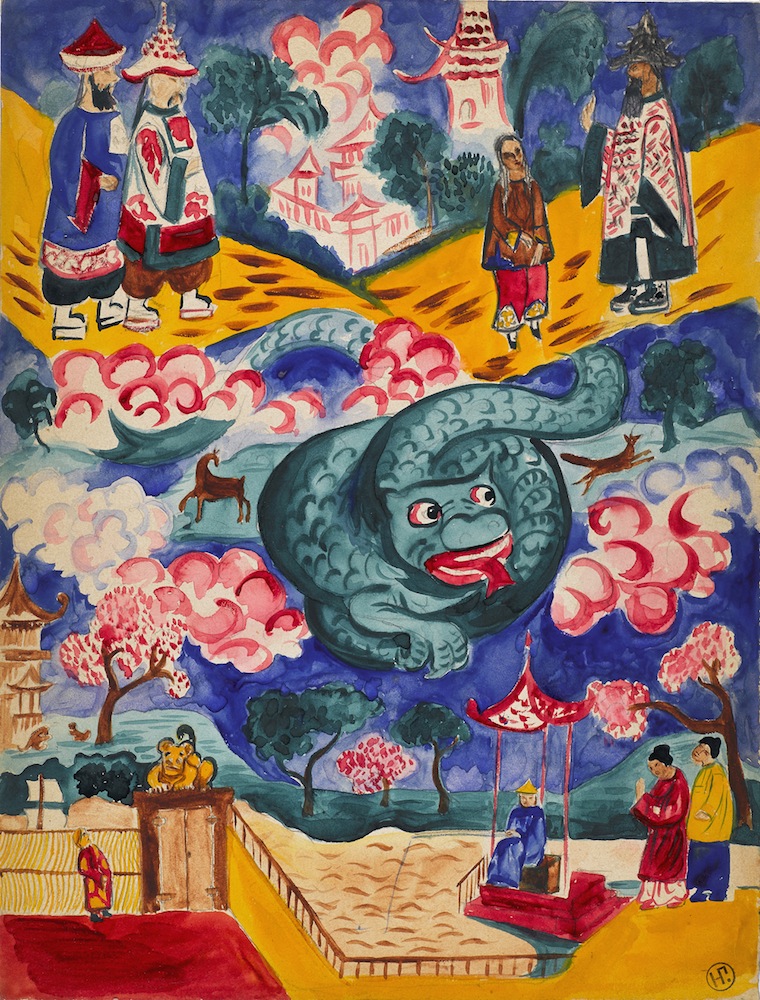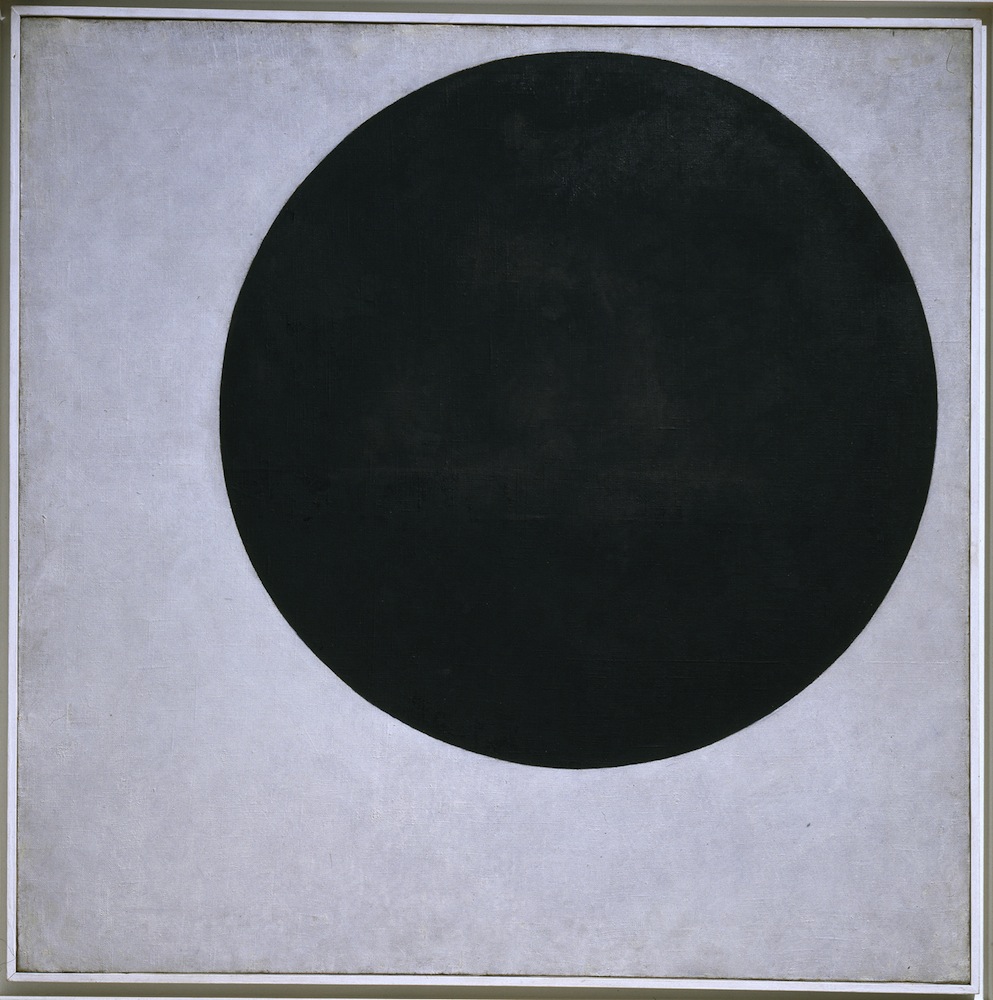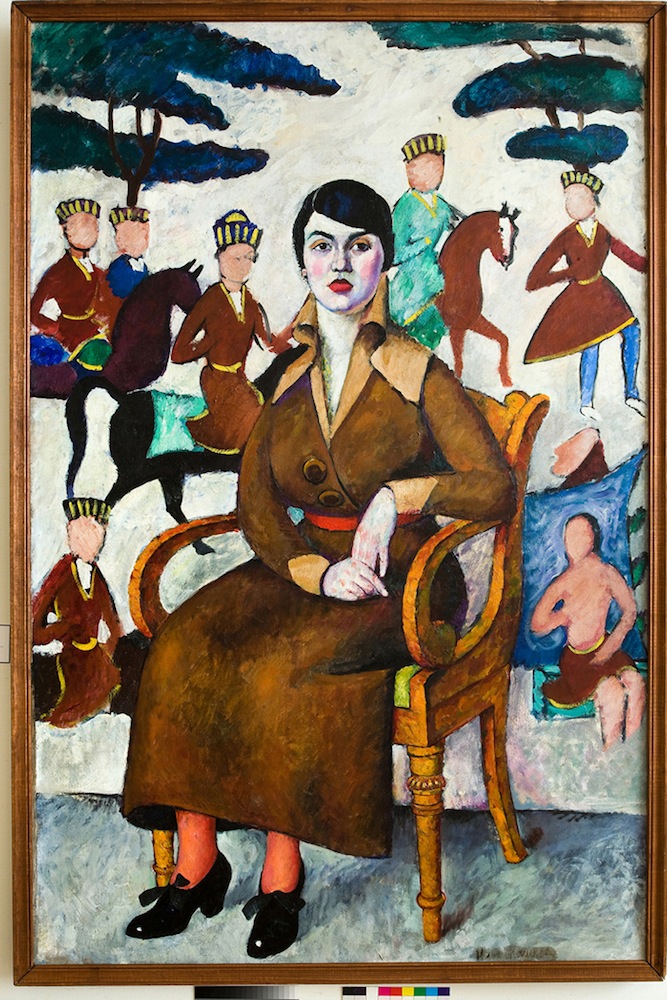Italian exhibition explores impact of travel on Russian avant-garde
A new exhibition in Florence explores the impact of travel between the Far East and the Soviet Union on avant-garde art in the early 20th century. The Russian Avant-garde, Siberia and the East looks at the avant-garde artists who experimented with exotic elements in their artwork at a time when merchants and explorers were returning to the Soviet Union with objects from eastern countries.
A clear example of this are Léon Bakst’s costume and set design for the Ballet Russes, which paid homage to statues of Shiva and to Buddhist temples. Artists Vasily Kandinsky, Igor Larionov and Vasily Vatagin all studied shamanistic and Hindu rituals, making reference to them in their paintings and sculptures.
The exhibition features more than 130 artworks including original Oriental objects from high-profile artists such as Kazimir Malevich, Natalya Goncharova and Pavel Filonov as well as lesser known figures such as Nikolai Kalmakov and Sergei Konenkov, many of whom are being exhibited in the west for the first time. Highlights include Malevich’s Black Circle (1915), which followed his famous Black Square, and Goncharova’s Emptiness (1913), a study on nothingness, an interest shared by many avant-garde artists. The Russian Avant-garde, Siberia and the East runs at Palazzo Strozzi in Florence until 19 January 2014.



